
You can deduce a great deal about a person’s character by asking who their favorite member of The Three Stooges comedy troupe might be. In my experience, women find The Three Stooges to be uniformly ridiculous. Guys, by contrast, can prattle on for ages regarding the Stooges’ sundry nuances.

Curly Howard (Jerome Horwitz) was a clown pure and simple. Curly acolytes are typically fun-loving party types. Curly’s real-life brother Moe (Moses Horwitz) was a control freak. Moe fans can indeed be dominating and obnoxious. I myself gravitate more toward Larry (Louis Feinberg). Longsuffering and sincere, I always felt Larry was the Thinking Man’s stooge.

On Friday, January 24, 1975, the world lost Larry Fine. Larry died of a stroke at age 72 in the Motion Picture Country House, a nursing home for aging actors in Woodland Hills, California. On the same day that Larry died, far above the earth’s surface, the Soviet Union conducted humanity’s first and last test of an orbital space cannon. The tale of how the species got to that point is simply fascinating.
Details
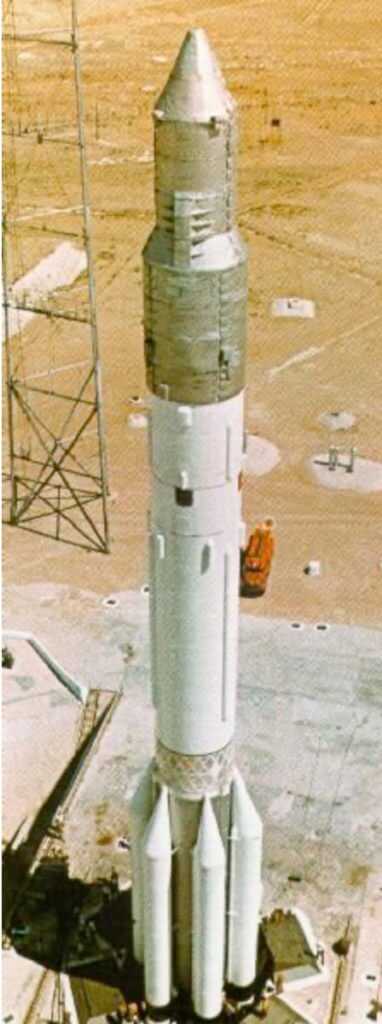
The covert Soviet space station Salyut 3 was one of six launched into earth orbit between 1971 and 1986. Four were orbited as part of publicized scientific research efforts. Salyut 3 was one of two military reconnaissance stations that were part of the classified Almaz (“Diamond”) program. Two other Salyut stations were destroyed in launch accidents.

Of the half dozen operational Salyut vehicles, the Almaz stations were unique. These vehicles were equipped with highly sophisticated photographic and electronic eavesdropping systems. They also featured fearsome onboard counter-satellite weapons systems.
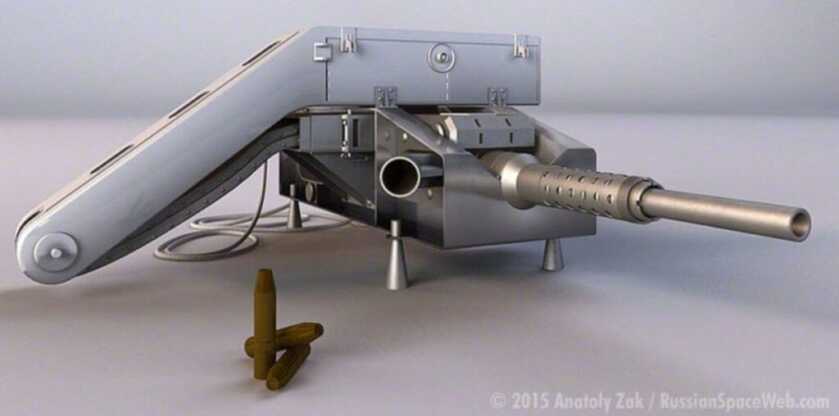
After 213 days in space the Salyut 3 station, now unmanned, was in the process of an intentional de-orbit to bring it down safely over the ocean. Before the station was maneuvered into the atmosphere to incinerate itself Russian engineers oriented the 40,000-pound spy station remotely, released the safety interlocks, and fired off a series of bursts from the station’s integral Rikhter-23M 23mm automatic revolving cannon. This represented the only example of an armed spacecraft unlimbering its weapon systems in earth orbit.
Disco Star Wars

The 1970s was a fascinating decade. America was indelicately extricating itself from Vietnam, and the resulting social and cultural upheaval threatened to tear the country apart. Fashions were so utterly garish as to foment blindness if gazed upon unduly. NASA had made spaceflight and moon missions seem almost routine. Meanwhile, high tech space vehicles silently waged the Cold War high above in earth orbit.

The Space Race represented a breathtakingly expensive tit-for-tat wherein two disparate ideologies strived mightily to establish their ascendency. Communism and capitalism spent their best and brightest to earn orbital bragging rights. Sputnik sparked the war, but Apollo and its half dozen live moon missions was the decisive turning point. The US launched Skylab in May of 1973 and manned it for an aggregate of 24 weeks.
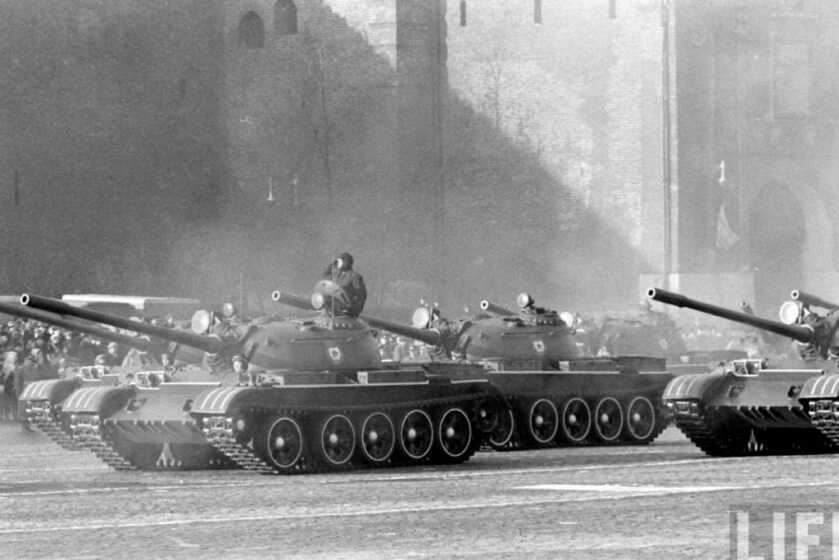
This era was characterized by suspicion, animosity, duplicity, and subterfuge. These two major ideologies stared at each other over the sights of tens of thousands of Main Battle Tanks, missile launchers, and combat aircraft. Both sides also viewed orbiting spacecraft as critical national assets and legitimate military targets. It was therefore inevitable that some thought might be invested in how best to weaponize such things.
The Concept

Space is a weird, terrifying, unforgiving place. In the absence of an atmosphere, the Physics get fairly surreal. Newton told us that every action creates an equal and opposite reaction. Any kid who has been conned into touching off a 12-gauge from the shoulder becomes intimately familiar with this particular component of Sir Isaac’s immutable dicta. In the case of cannons on space stations, the recoil must be counteracted lest firing the gun render the platform uncontrollable.
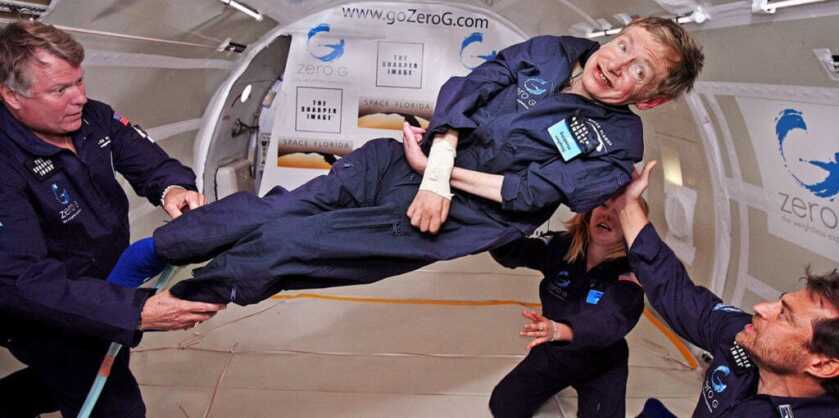
Orbital spacecraft are not technically in neutral gravity as might be the case during an interplanetary Mars mission. Astronauts in orbit are more accurately constantly falling around the earth such that the force of gravity is counteracted by the track of the spacecraft. The end result is the same zero-G state.

Vomit Comet is the colloquial term for a specially-modified aircraft designed to simulate weightlessness. NASA’s most popular reduced-gravity aircraft were two converted KC-135 tankers that flew parabolic flight profiles. These maneuvers offered astronauts about 25 seconds of comparable perceived weightlessness in anticipation of actual space flight. One of these planes was used to film the weightless scenes in the movie Apollo 13.

When Soviet engineers were designing a defensive cannon system for their orbital space stations there were scads of otherworldly variables like these that had to be taken into account. Gunpowder includes its own oxidizers so getting the rounds to light off in a vacuum was not a challenge. When fired in space without any air resistance the projectiles would never decelerate and would theoretically continue ad infinitum until they encountered a gravity well or another physical object. The real technical challenge, however, was always counteracting recoil.
The Gun
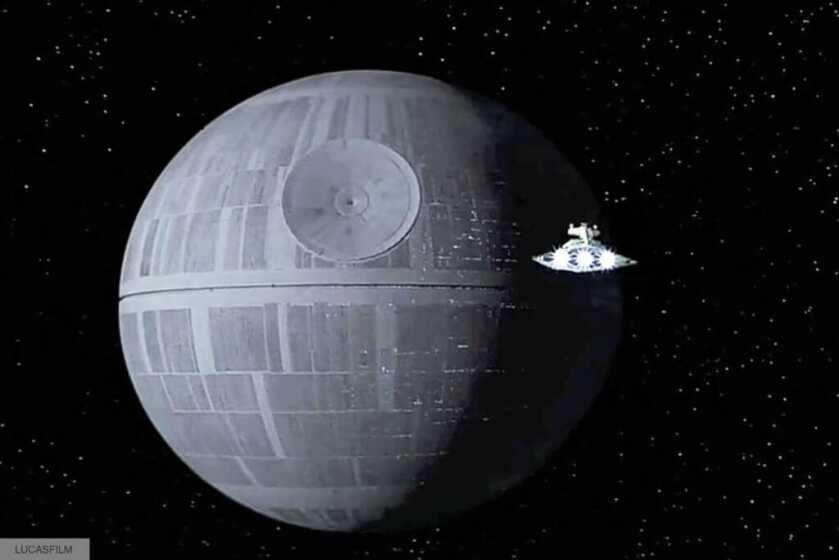
The Russians purportedly settled on the 23mm Rikhter-23M Kartech aircraft autocannon to arm their prickly orbital DIY Death Star.
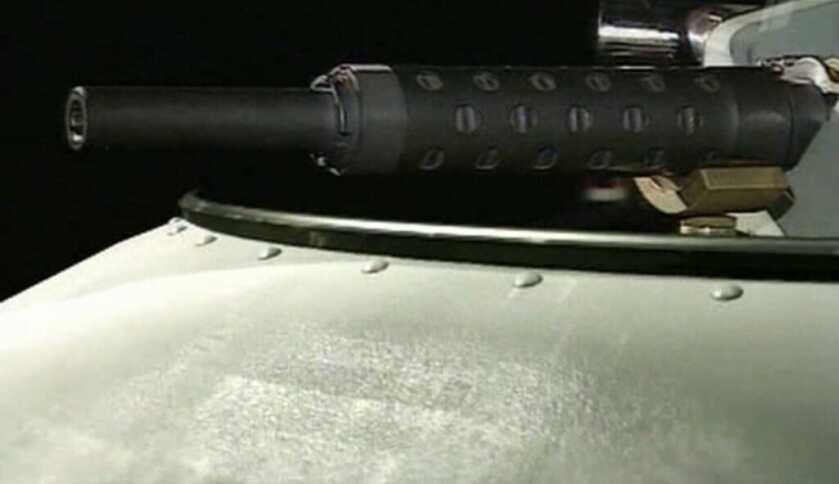
This gun was developed in the 1950s by Aron Rikhter as armament for high-performance jet aircraft. In an effort at minimizing drag at high Mach numbers, the gun was designed to be as short as possible. The R-23 still holds the record for the fastest-firing single-barrel production aircraft gun ever built. At its maximum cyclic rate, the R-23 fired at about 2,600 rounds per minute.
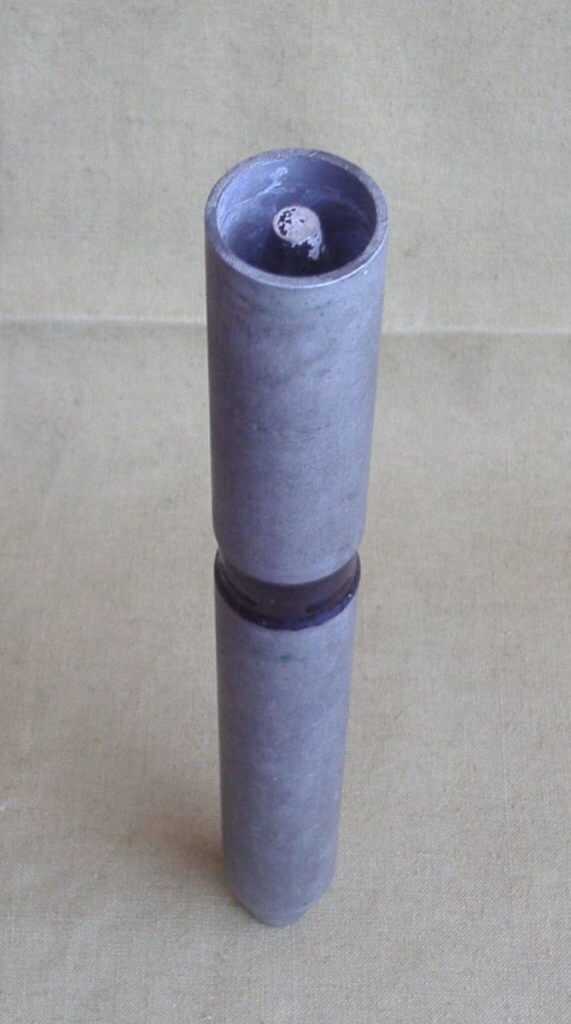
The R-23 was a fascinating design. The weapon’s action consisted of four revolving chambers driven by a gas-operated mechanism and fed belted ammunition. Where most conventional guns load from the rear, the R-23 fed and loaded from the front. This made for some mighty weird-looking ammunition.
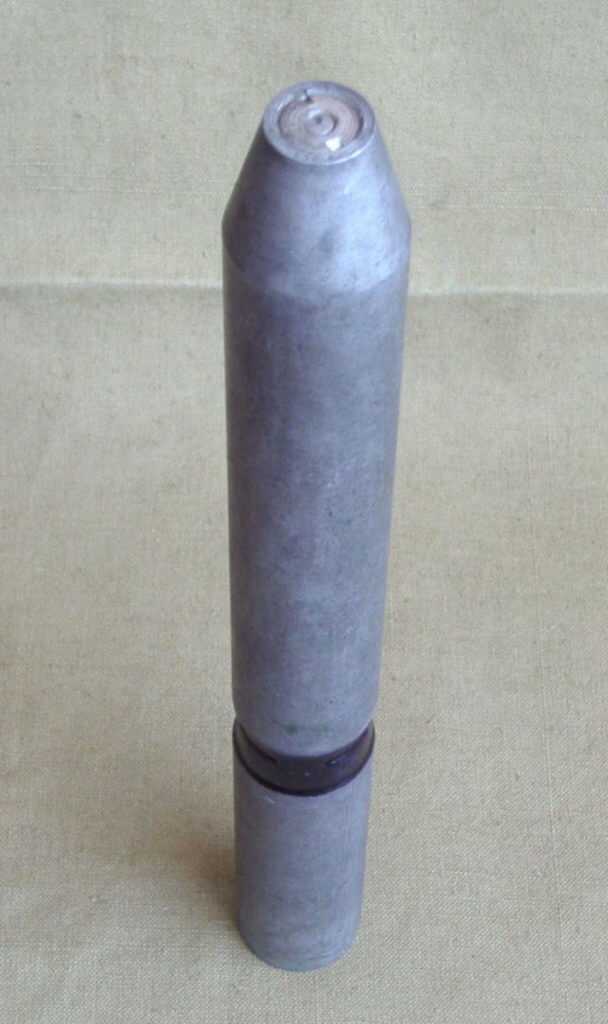
The 200-gram 23mm high explosive rounds telescoped back into a case that featured a tapered base without a conventional rim. Cases were formed from galvanized steel, and the rounds were electrically primed. A heavy crimp held the HE projectile in place. The case ends at the tip of the projectile.

Three separate gas systems drove the R-23 mechanism. One chambered a round, the second drove the revolving cylinder and feed mechanism, and the third ejected spent cases and links. This odd gun was mounted as tail armament in Tupelov Tu-22 strategic bombers. During terrestrial test firings, the gun purportedly penetrated an empty fuel drum at 1,600 meters.

This weird rotary design meant that there was no way to clear a stoppage. As a result, the R-23M included a pair of pyrotechnic charges that could be remotely fired to penetrate the case wall of a defective round. These small clearance charges would ignite the round’s propellant and fire it manually. The adaptation of the R-23M for use in space involved fabricating a unique mount and interfacing it all with the spacecraft.
The Space Station

The Salyut space station was ostensibly designed for civilian research purposes. Published mission goals included research on the physiological and psychological effects of protracted exposure to weightlessness and space flight. The militarized Salyut stations, however, were intended solely as intelligence-gathering platforms. The primary concern was that US assets might be maneuvering nearby to gain information on the nature and capabilities of the station.
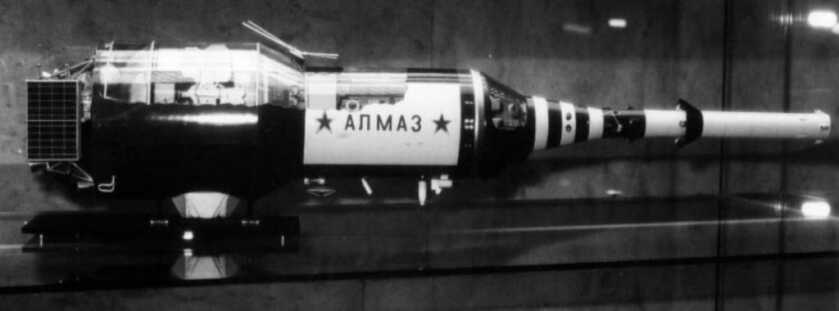
If the Soviet crew perceived a viable threat and decided to employ the R-23 they would use the station’s positioning thrusters to orient the entire 20-ton habitat to aim the fixed gun. There was an optical sight mounted in the station that could be used for this purpose. As the gun was to be fired in a vacuum range and bullet drop could essentially be ignored. The rounds from the R-23 would go exactly where they were pointed. The orbital gun’s magazine held 32 rounds.
Bringing the Rain

Nobody was completely certain what would happen once you lit up this fast-firing autocannon in the emptiness of space. The vibration was expected to be apocalyptic. The test was therefore conducted after the station’s crew had departed for the last time and just before the vessel was intentionally de-orbited. When it was time to fire ground controllers ignited the station’s thrusters in a crude effort to counteract recoil.
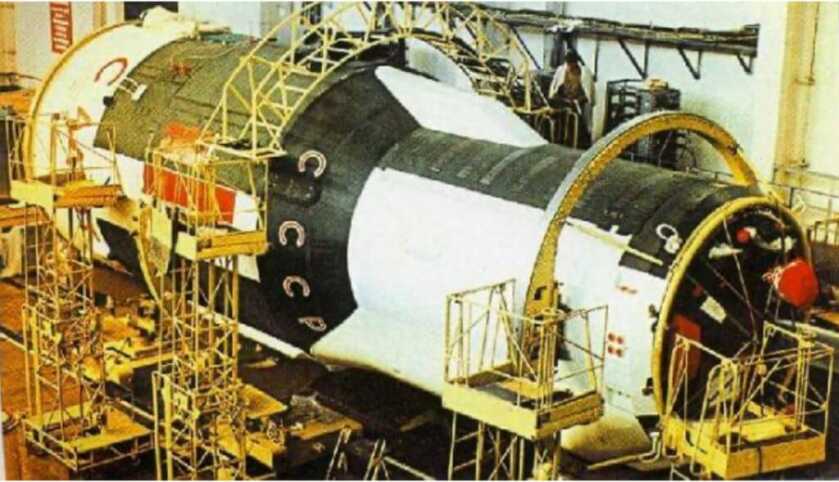
The Almaz program was heavily classified, and the details remain sketchy today. According to various sources, Salyut 3 fired 20 of its available 32 rounds over three test firings. The gun is rumored to have destroyed a target satellite during the test. However, such claims seem tough to verify as the station was unmanned at the time and in the process of destructive re-entry.

In the history of manned spaceflight, some 550 human beings have ventured past the Karman Line, the accepted definition of extra-atmospheric operations.
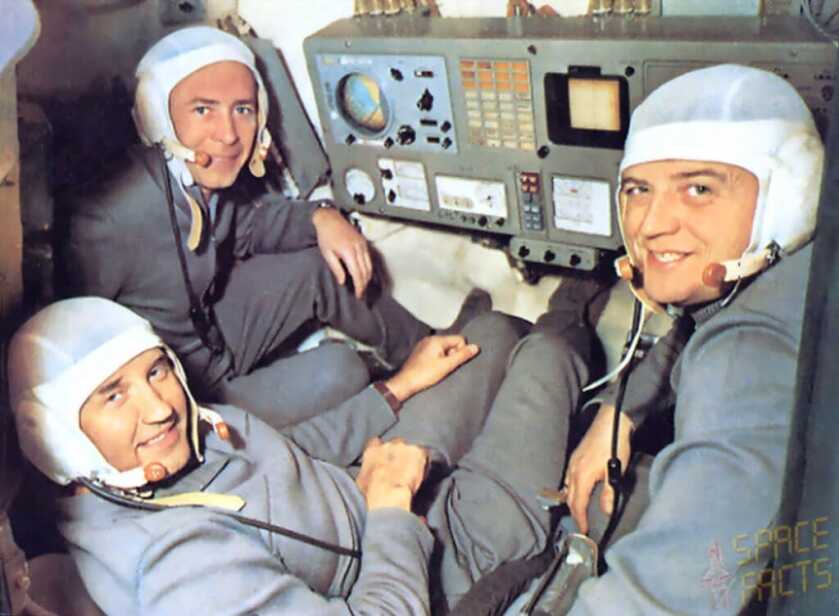
Of these 550, three cosmonauts, part of the Soyuz 11 mission, have died in space. Thankfully the Cold War remained cold, and mankind did not devolve into an actual shooting war in the cold void of space. Had we done so, however, the Russians were ready.
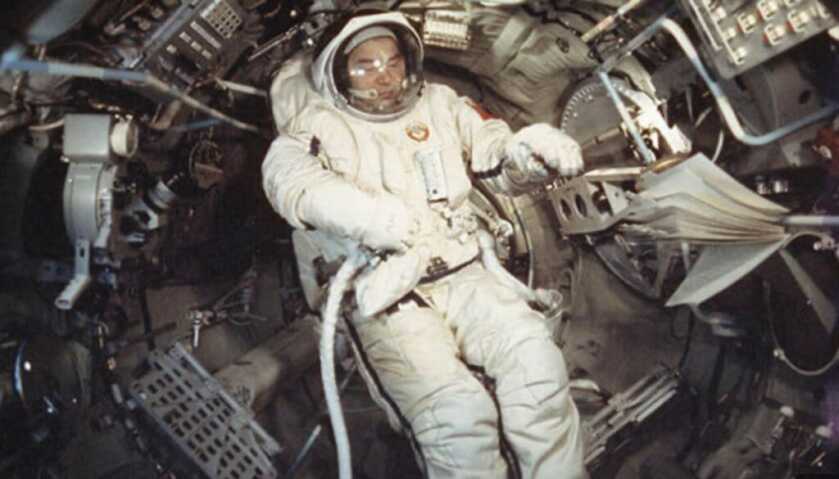
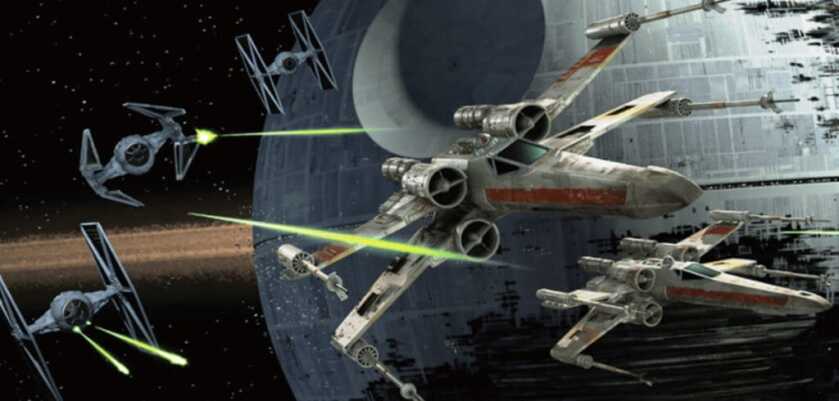


Paul and Big Al’s information is way above may paygrade – a simple cannon cocker. I would have been the space monkey left behind to fire the dam thing after everyone else evacuated and been left with a parachute and “good luck comrade” as consolation.
LOL!! Now that’s funny!!
udachi tovarisch lol
Actually, the projectile will not necessarily go where it is pointed. It is in orbit after all and its circular orbit of approximately 18,000 mph will be altered by its firing velocity ( both speed and direction). Meaning it’s radius of orbit ( height if flight) may increase or decrease as example. In which case, aiming directly at another orbiting object will induce an orbital altitude miss.
As with ANY object in orbit, there is indeed ‘drop’ (Gravitational Force) to be counteracted,
So, unless the rounds of the gun were traveling at sufficient speed to escape orbit, the GF would effect the flight path enough to cause ‘drop’, in layman’s terms.
In addition, the ‘direction’ of fire would have much to do with it,
For example, if the line of fire were in line with an earth orbit, as opposed to say, directly away from earth, the effect of GF would cause the round to delineate from line of sight to the bore, much as it does on the surface.
Directly away would effect it’s speed somewhat too.
All this depends on projectile speed and mass, as well as direction of flight of course, as to just how much influence GF would have.
But it IS there.
Glad to see someone has studied Newtonian Physics.